Meet Sining Zhu | Interdisciplinary Artist
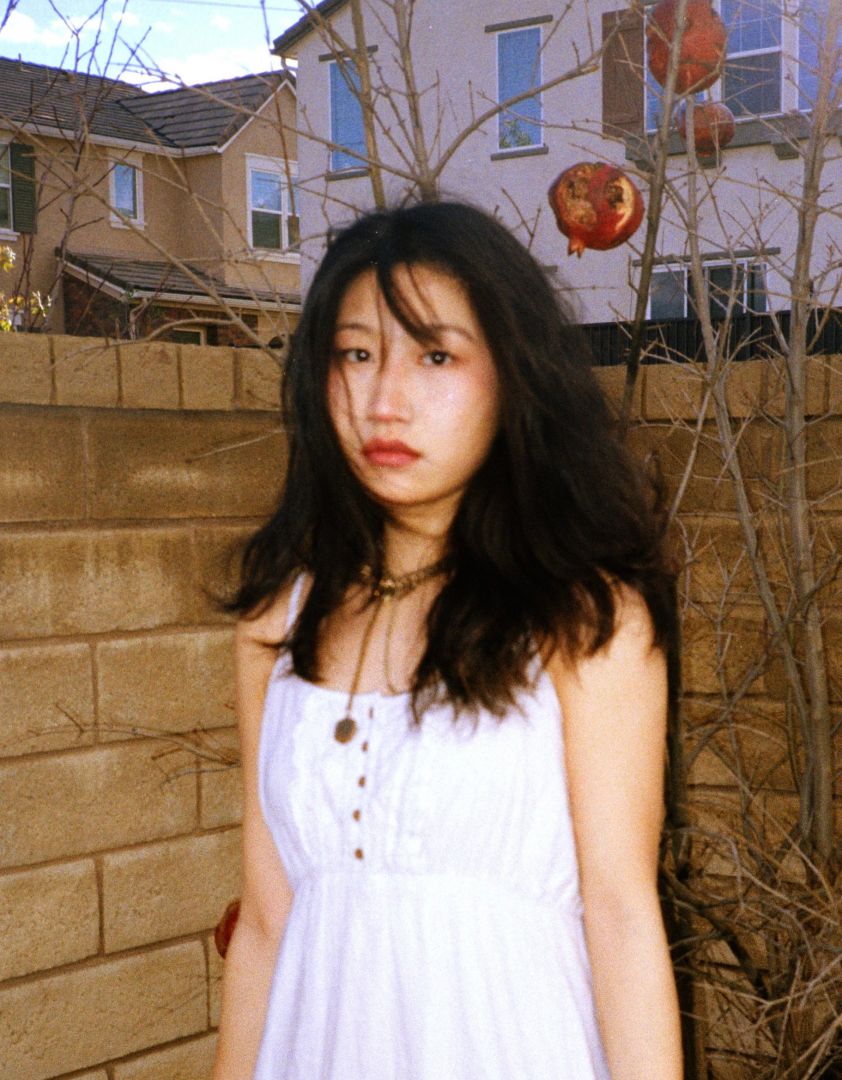

We had the good fortune of connecting with Sining Zhu and we’ve shared our conversation below.
Hi Sining, we’d love to hear about a book that’s had an impact on you.
I’d like to recommend Anna Lowenhaupt Tsing’s Mushroom at the End of the World: The Possibility of Life in Capitalist Ruins. According to Matsutake, the book discusses capitalism, labor, migration, anthropocentrism, the invisible fact, etc. It has influenced my understanding and the art practices expression on societal difficulties, ecological dilemmas, and post-human.
The author not only criticizes capitalism’s alienation and social instability but also sees hope in Matsutake’s resurrection from the ruins and death of war. It further emphasized the importance of life’s coexistence and its greatness in Matsutake’s growth and spread of uncertainty. The book examined numerous geographical areas, including Tokyo, Japan; Yunnan, China; Oregon, USA; and Lapland, Finland, from a global perspective. Through its descriptions, I had a strong impression that the establishment of humanities and the social order protects us on the one hand. However, arrogant anthropocentrism separates us from the actual sense of symbiosis with other organisms. By considering mushrooms, Matsutake, and fungi, which are frequently neglected as tiny living beings, we can reconsider the form and meaning of life, the past, present, and future to which it is linked.


Can you open up a bit about your work and career? We’re big fans and we’d love for our community to learn more about your work.
My recent practice focuses on the complicated relationship and cognition of identity between the self and others and the interaction and separation of the individual and the group. I am enthusiastic and rooted in research and collective behavior, which explores contemporary art practice and reveals indisputable facts and hidden delicate sorrow in the social environment by overlaying everyday, personal, reminiscent objects and accumulating new contexts and meanings to awaken collective resonance.
I just finished a two-month art residency under Mount Fuji in Japan and a solo exhibition in Tokyo. The exhibition features the most recent works made during the residence. During my stay, giant trees interlaced with one another, and various insects and small creatures thrived and coexisted in the neighborhood where I lived. It makes me question if human groups can really coexist with essential nature in current society. While experimenting with rubber material, I became interested in its history and culture. The rubber tree and its liquid rubber have been forced to migrate and be cultivated on a large scale under globalization and capitalism continually.
Then,I began to explore the rubber tree in the context of globalization and the distortion and contradiction of plant-plant relationships in the behavior of the Anthropocene. I created a piece called The Forest Reverberation. In the forest near my location, I apply natural rubber liquid to the surface of the trees, let it dry, take it off, and recreate it as a “rubber tree,” creating the illusion of a transplanted and covered-over forest. The natural plant fragments and the rubber interweave and resist each other to produce a new “forest.” A mound of earth at the bottom of the installation forks in all directions, like tree roots extending outwards. Each button of the fork is touched to play the field recordings of the forest, explosions, house demolitions, numbers, warnings, and so on to bring people’s attention to the diversity that is progressively being lost, the invisible trauma, and the vitality.
This forest (near my residency) has been left in its natural state for geographical reasons. It cannot serve as a suitable setting for introducing rubber trees, which must flourish in subtropical rainforests. However, the massive demand for rubber, industrial production, and profit maximization from plantation development continues in other locations and circulates among themselves due to capitalism. The context of post-colonial, gentrification, and forced migration extends from humans to nature.
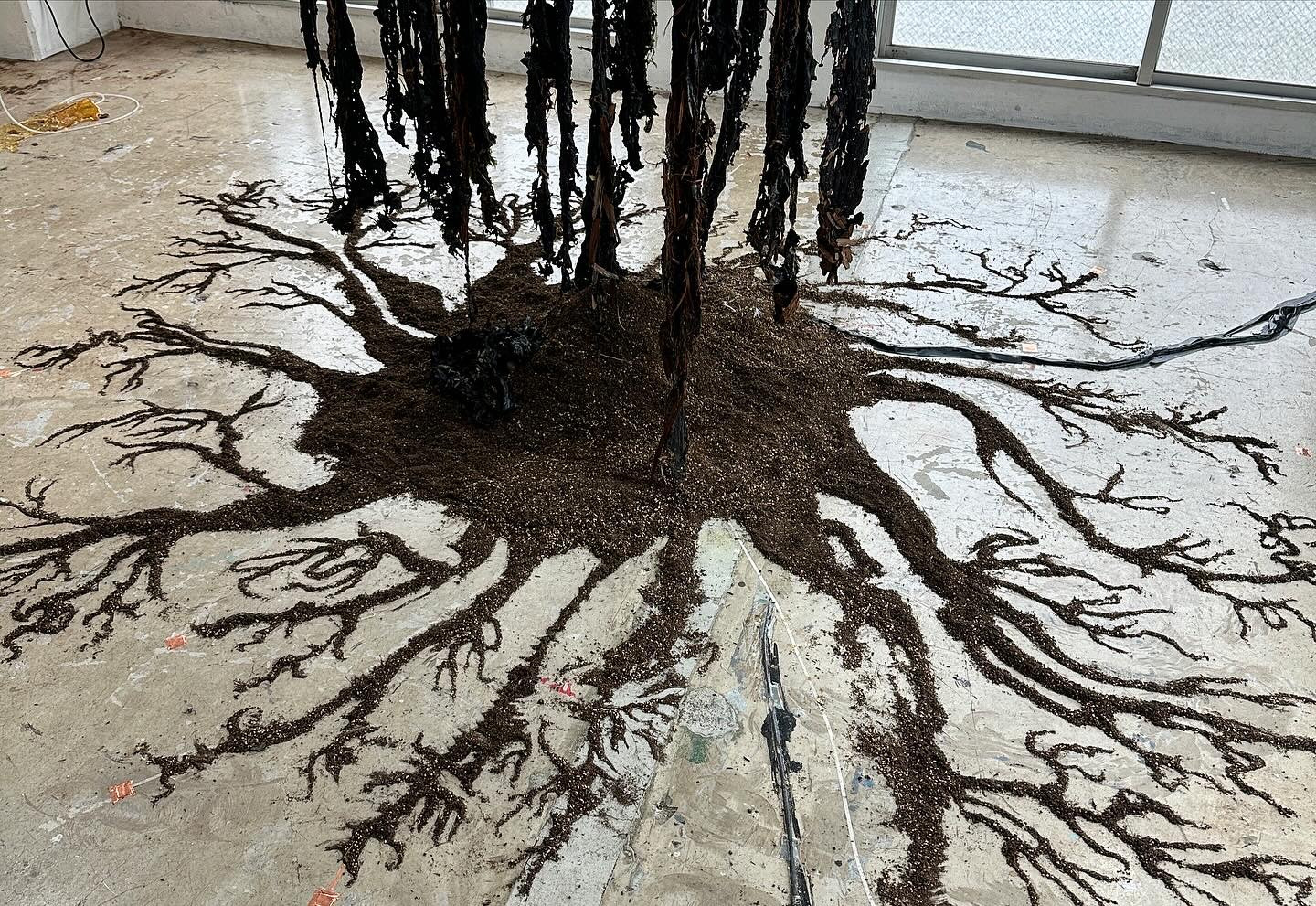

Any places to eat or things to do that you can share with our readers? If they have a friend visiting town, what are some spots they could take them to?
I recommend a niche but unique place to visit – the Salton Sea – rather than the famous attractions in Los Angeles. It is located east of Los Angeles. It was an accident based on the impact of human operations, where the water came from the collapse of the dam of the Colorado River. In 1905, people used the river water for agricultural irrigation, tourism, and sewage discharge. Two years later, the breach in the levee was closed, but the wastewater that had been used was trapped in the parched Salton Basin. Excessive human intervention had left the water heavily laden with heavy metals and chemicals. The waters were no longer suitable for living creatures, and many fishes were poisoned on the shore. The coast of Salton Sea is now completely covered in dead barnacles and fish bones. It has become a silent and beautiful place of sadness. Artists, tourists, and casual passers-by are all fascinated and shocked by the landscape.
Because I often researched and came to that place, I also got inspiration from it to create an artwork called Searching For Preopercular Bones . This piece is an installation with two-channel videos I collaborated with Artist Lhamo Yueliu. We use gold panning and forensic excavation methods to find 300 fish preopercular bones. A forensic witness emerges as a direct result of globalized industrialization erosion and provides powerful testimony to reveal the absence and hide the history of crimes.
Through these artwork, we want to dig the fish bones with empathic cherishing, rethinking migration and dispersal beneath globalization and discovering the natural possibility of de-anthropocentrism.
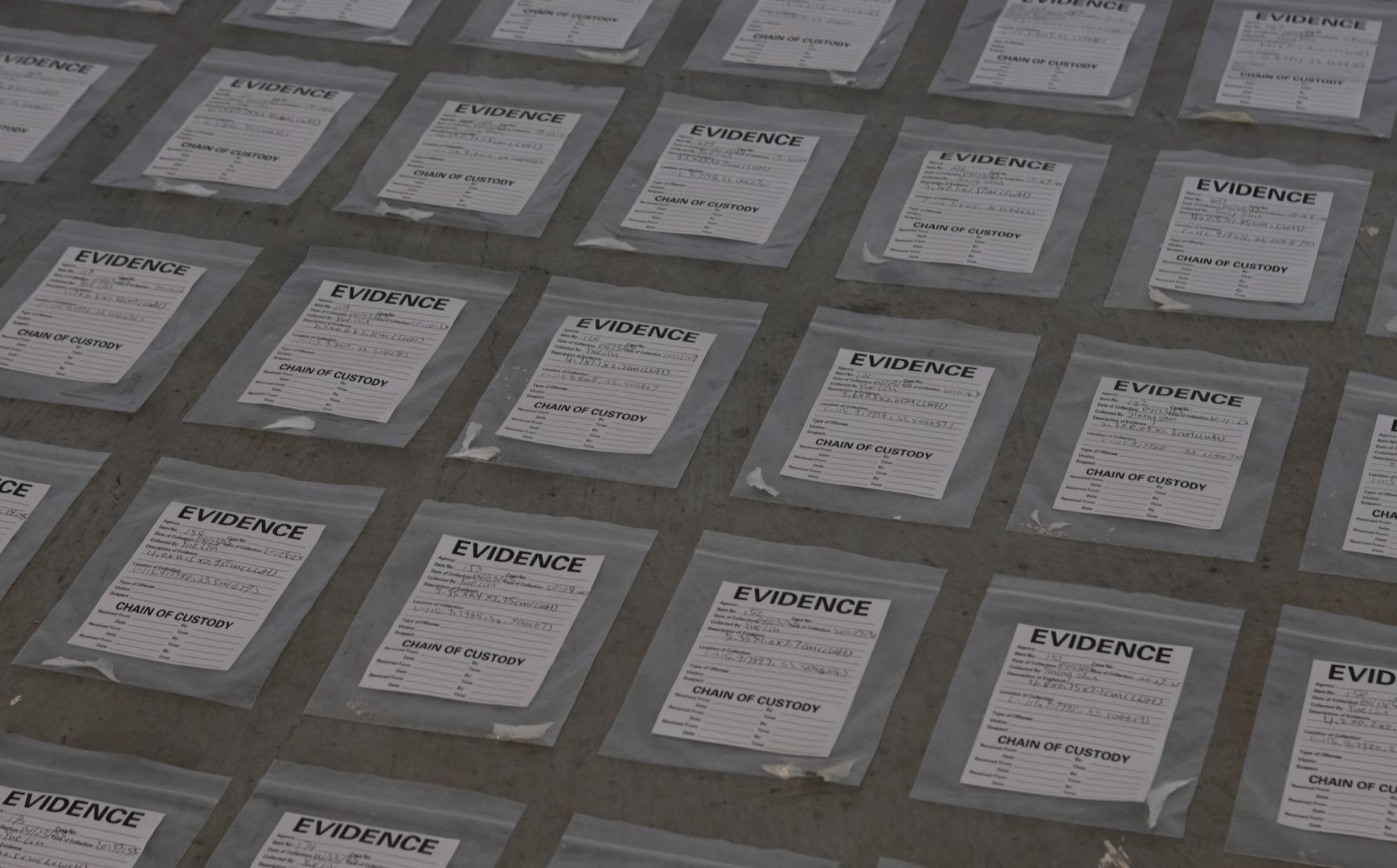
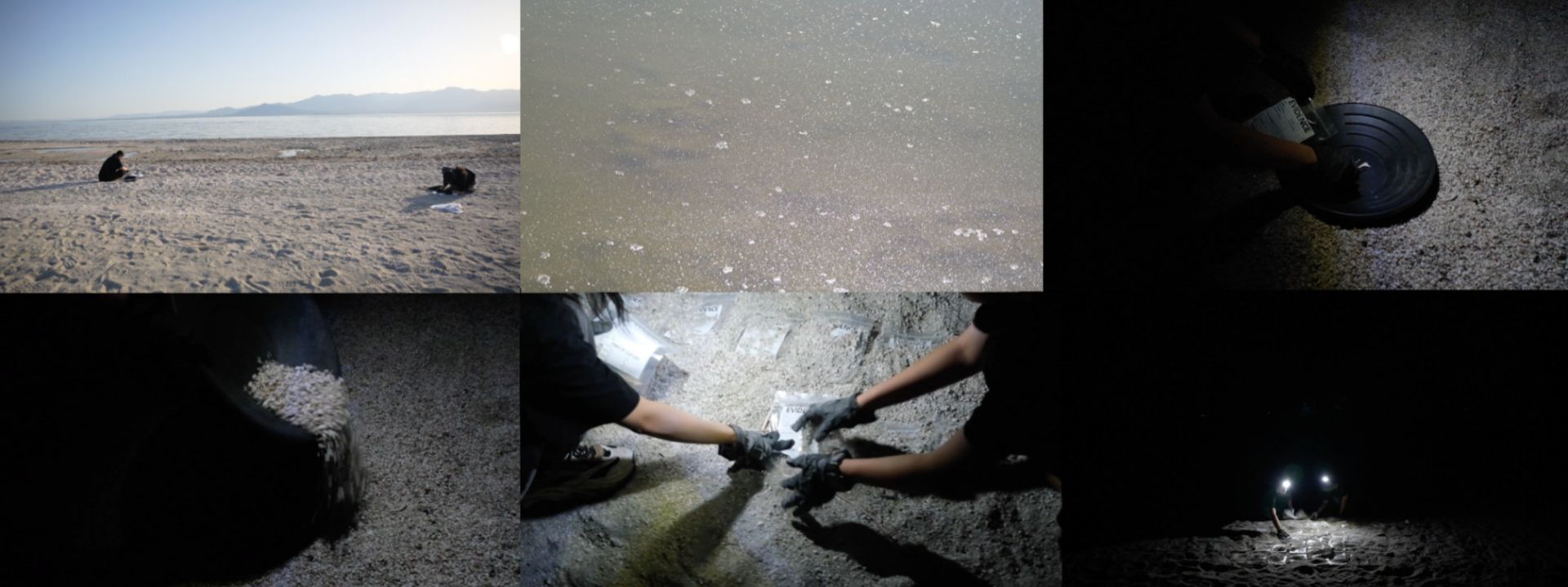
Who else deserves some credit and recognition?
I’m fortunate to have had excellent teachers along my creative journey. They have inspired me to be more determined and push myself at work. Steve Frank is a professor I’ve known since my first year at SVA. His strong enthusiasm fueled the entire classroom’s mood and conversation. During his class and independent study, he helped me to build a fundamental view of how to look at art and criticize it from different perspectives. Moreover, he encouraged and supported me when I switched from painting to installation and multimedia.
In my graduate school studies at CalArts, I also worked with amazing mentors and artists, including Julie Tolentino, MPA, Abigail Raphael Collins, and others, who inspired me in their mediums and areas of expertise. More than direct inspiration, they frequently questioned and sharply critiqued my works, leading me to examine its notion and its possibility to go deeper. I am grateful for the various mentors I have encountered throughout my development; they have given me more motivation and energy to create my art practice and challenge myself.

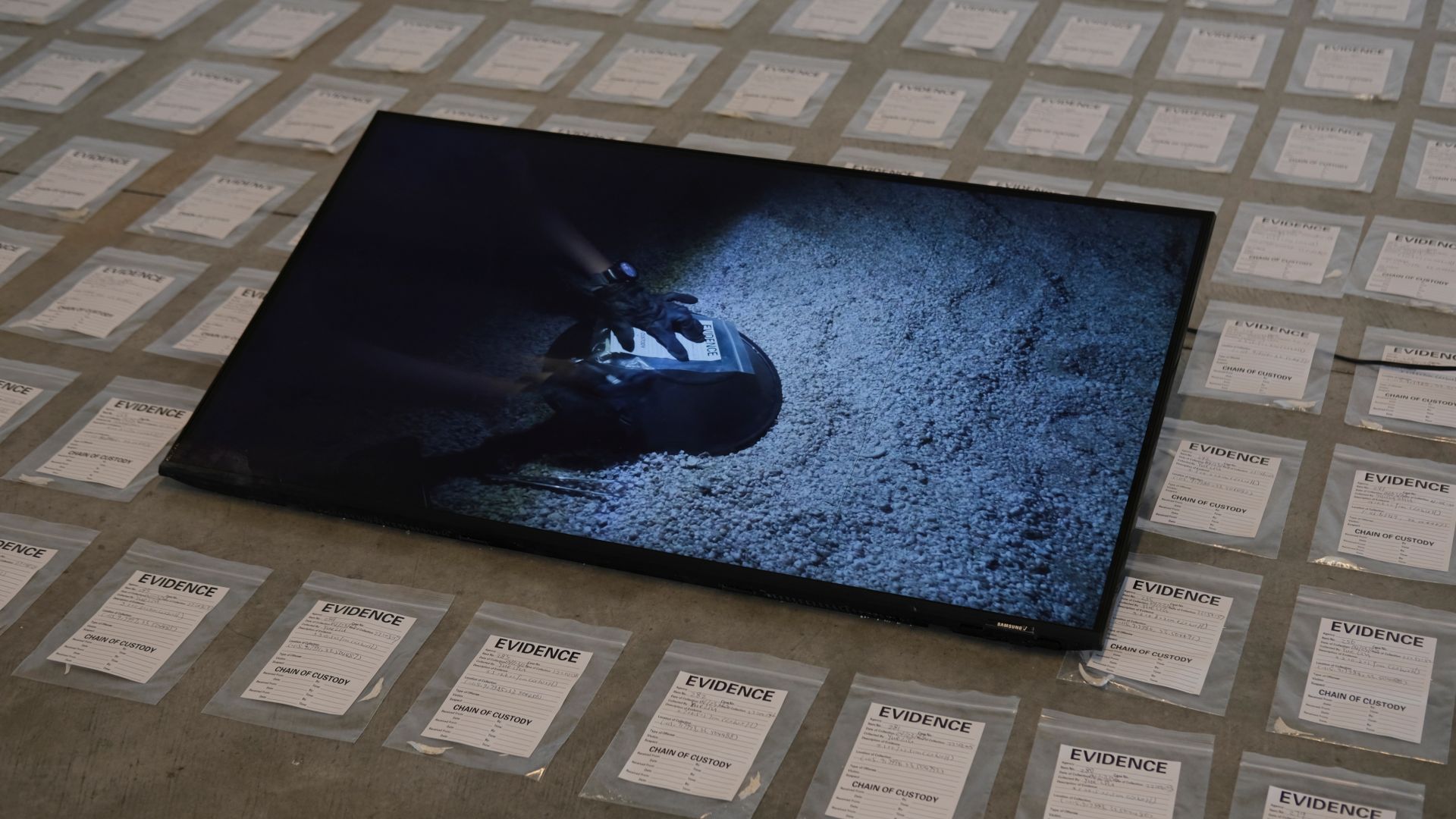
Website: siningzhustudio.com
Instagram: sining_zhu
Image Credits
Sining Zhu
